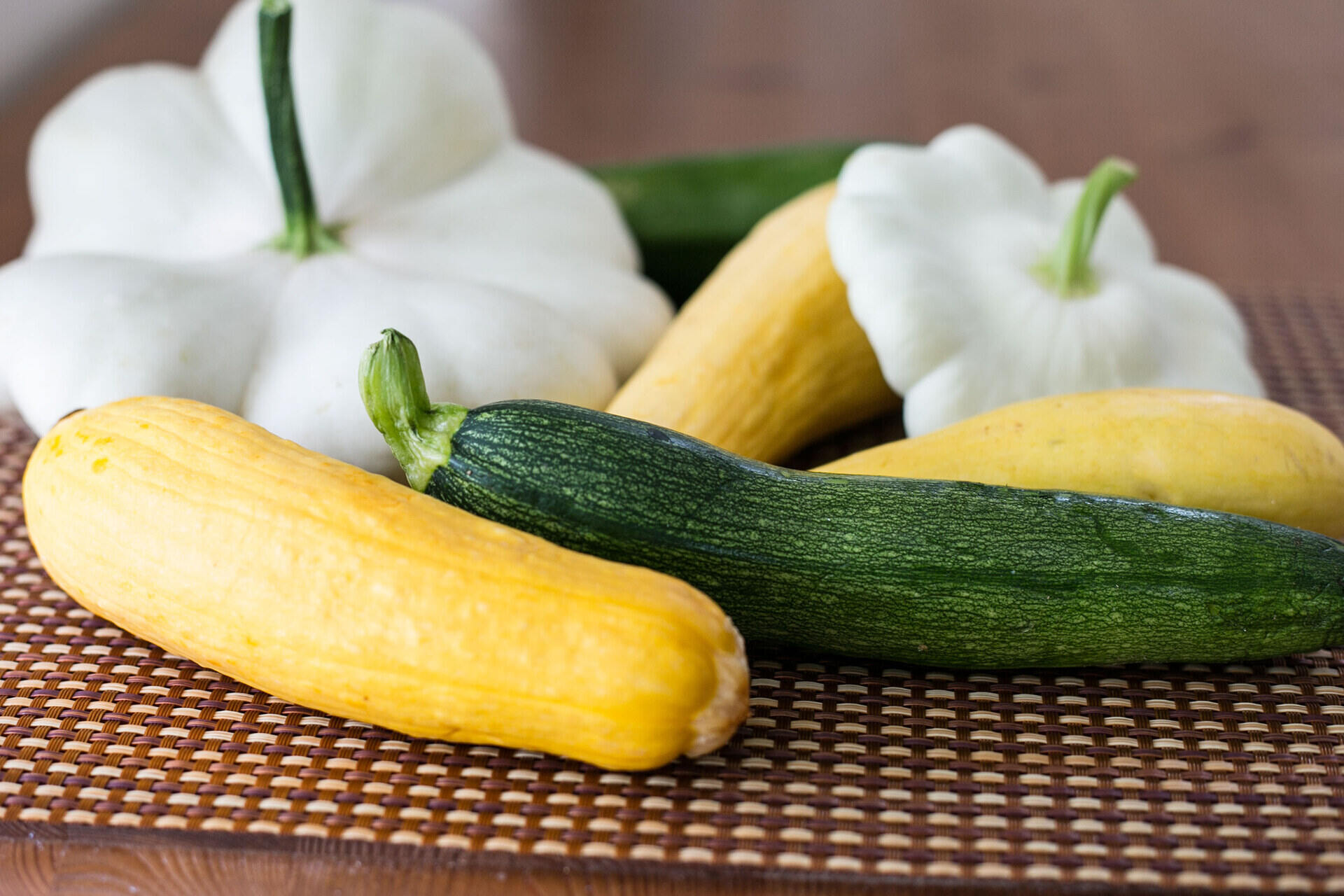

Articles
How To Store Fresh Squash
Modified: February 23, 2024
Discover helpful articles on how to properly store fresh squash to maintain its freshness and delicious flavors for longer periods.
(Many of the links in this article redirect to a specific reviewed product. Your purchase of these products through affiliate links helps to generate commission for Storables.com, at no extra cost. Learn more)
Introduction
When it comes to fresh produce, squash is a versatile and nutritious vegetable that can be enjoyed in various dishes. Whether you grow it in your garden or purchase it from a local farmer’s market, knowing how to properly store fresh squash is essential to maintain its freshness and flavor.
In this article, we will guide you through the process of storing different types of squash, including whole, cut, and cooked squash. We will also provide helpful tips to prolong the freshness of your squash, ensuring that you can enjoy this delicious vegetable for longer periods.
So, if you’re ready to learn the best practices for storing fresh squash, let’s dive in!
Key Takeaways:
- Proper storage of fresh squash is crucial for maintaining its flavor and nutritional value. Whether whole, cut, or cooked, following specific storage techniques can help prolong its freshness and prevent unnecessary waste.
- When storing fresh squash, remember to choose the highest quality produce, handle it with care, and utilize proper storage methods. By implementing these tips, you can enjoy delicious squash in various dishes for longer periods.
Read more: How To Store Squash
Choosing Fresh Squash
Before storing fresh squash, it is important to start with the highest quality produce. When selecting squash, look for firm, unblemished skin and a vibrant color. Avoid squash that has soft spots, mold, or wrinkled skin, as these are signs of deterioration.
Depending on the variety of squash you choose, there are a few specific characteristics to consider:
- Summer Squash: Summer squash varieties, such as zucchini and yellow squash, should have a smooth skin without any bruising. They should feel heavy for their size, indicating freshness.
- Winter Squash: Winter squash varieties, such as butternut, acorn, and spaghetti squash, should have a hard, thick skin. Ensure the skin is free of cracks or soft spots, as these indicate spoilage.
Remember to handle squash with care, as excessive squeezing or rough handling can cause bruising and hasten spoilage.
Once you have selected the freshest squash, it’s time to store it properly to maintain its quality and extend its shelf life.
Storing Whole Squash
Storing whole squash is relatively straightforward, and the key is to keep it in a cool and dry place. Here’s a step-by-step guide to storing whole squash:
- Inspect the squash for any signs of damage or decay. If you notice any soft spots, cuts, or mold, it’s best to consume the squash immediately to prevent further deterioration.
- Wipe the squash gently with a damp cloth to remove any dirt or debris. Avoid washing the squash, as excess moisture can promote spoilage.
- Find a cool and dry area in your home, such as a pantry or cellar, where the temperature ranges between 50 to 60°F (10 to 15°C). Avoid storing squash near sources of heat, such as stoves or radiators.
- Place the whole squash in a single layer, ensuring that they are not touching each other. This helps to prevent the spread of any potential rot or mold.
- Check the squash regularly for any signs of decay. Remove any squash that shows signs of spoilage to prevent it from affecting other squash.
If stored properly, whole squash can last for several weeks to a couple of months. However, keep in mind that different varieties of squash have different shelf lives, so it’s a good idea to use the squash within a reasonable timeframe to enjoy it at its best quality.
Now that you know how to store whole squash, let’s move on to storing cut squash.
Storing Cut Squash
If you have already cut your squash and only need to use a portion of it, proper storage is crucial to keep the remaining squash fresh. Here are some steps to follow when storing cut squash:
- First, ensure that the cut squash is clean and dry. Wipe off any moisture on the cut surface using a paper towel.
- Next, transfer the cut squash into an airtight container or wrap it tightly in plastic wrap. This helps to prevent the squash from drying out and also keeps it protected from any odors in the refrigerator.
- Label the container or wrap with the date, so you can keep track of when it was stored.
- Place the container or wrapped squash in the refrigerator. The ideal temperature for storing cut squash is between 32 to 40°F (0 to 4°C).
- Try to use the cut squash within 3 to 5 days. The longer it sits, the more it will deteriorate in flavor and texture.
If you have a large amount of cut squash or want to enjoy it later, another option is to freeze it. To freeze cut squash:
- Blanch the cut squash by placing it in boiling water for a few minutes, then quickly transferring it to an ice bath to stop the cooking process.
- Pat the blanched squash dry and place it in freezer-safe bags or containers. Remove any excess air from the bags before sealing.
- Label the bags or containers with the date and place them in the freezer.
- Frozen cut squash can last for several months. When you’re ready to use it, thaw it in the refrigerator before cooking.
By following these storage tips, you can extend the shelf life of cut squash and minimize waste.
Now, let’s move on to storing cooked squash.
Store fresh squash in a cool, dry place with good air circulation, such as a pantry or basement. Avoid storing in the refrigerator, as it can cause the squash to spoil quickly. Check the squash regularly for any signs of rot or soft spots.
Storing Cooked Squash
If you have leftover cooked squash that you want to store for later use, proper storage is essential to maintain its flavor and texture. Here’s a guide to storing cooked squash:
- Allow the cooked squash to cool down to room temperature before storing. Placing hot food in the refrigerator can raise its internal temperature and potentially spoil other items.
- Transfer the cooked squash into airtight containers or resealable bags. Make sure to remove as much air as possible to prevent freezer burn.
- Label the containers or bags with the date and contents to keep track of freshness.
- Store the cooked squash in the refrigerator if you plan to consume it within 3 to 5 days. If you want to store it for a longer period, place it in the freezer.
When storing cooked squash in the freezer:
- Divide the squash into individual portions or meal-sized portions for easier thawing and reheating.
- Wrap each portion tightly with plastic wrap or place them in airtight freezer-safe containers or bags to prevent freezer burn.
- Label the containers or bags with the date and content description.
- Store the cooked squash in the freezer, where it can last for up to 3 months.
- To thaw and reheat the cooked squash, transfer it to the refrigerator to thaw overnight, and then reheat it using your preferred method, such as microwaving or stovetop.
Remember that the texture of cooked squash may change slightly after freezing and reheating, but it can still be enjoyed in various dishes like soups, stews, casseroles, or roasted vegetable medleys.
Now that you know how to store cooked squash, let’s move on to some additional tips for prolonging the freshness of fresh squash.
Read more: How To Store Winter Squash
Tips for Prolonging Freshness
To maximize the freshness and shelf life of your fresh squash, here are some additional tips to keep in mind:
- Avoid washing until ready to use: Excess moisture can promote spoilage, so it’s best to leave the squash unwashed until you’re ready to cook or eat it.
- Store away from ethylene-producing fruits: Ethylene is a natural gas that accelerates the ripening process. Keep squash away from ethylene-producing fruits such as bananas, apples, and tomatoes to prevent premature spoilage.
- Handle with care: Be gentle when handling squash, as rough handling can cause bruising and lead to faster spoilage.
- Check regularly for signs of decay: Inspect your stored squash frequently for any soft spots, mold, or signs of deterioration. Remove any affected squash immediately to prevent spoilage from spreading.
- Utilize the refrigerator’s crisper drawer: If you have limited space in your refrigerator, use the crisper drawer to store your squash. This compartment helps maintain a higher humidity level, which can keep the squash fresh.
- Consider canning or pickling: If you have an abundance of squash, consider canning or pickling it to preserve its freshness for an extended period. This is a great way to enjoy squash year-round.
By following these tips, you can prolong the freshness of your squash and minimize food waste, ensuring that you can enjoy this delicious vegetable for longer.
Now, let’s wrap up this article.
Conclusion
Properly storing fresh squash is essential to preserve its flavor, texture, and nutritional value. Whether you have whole squash, cut squash, or cooked squash, following the right storage techniques can help prolong its freshness and prevent unnecessary waste.
When choosing fresh squash, look for firm skin and vibrant colors, ensuring there are no signs of decay. Depending on the variety, different types of squash require specific characteristics to consider.
For whole squash, store them in a cool and dry place, away from heat sources. Regularly inspect them for any signs of spoilage, and remove any affected squash to prevent further deterioration.
When dealing with cut squash, transfer it into airtight containers or wrap it tightly in plastic wrap before storing it in the refrigerator. Alternatively, you can blanch and freeze cut squash for longer-term storage.
Furthermore, if you have leftover cooked squash, allow it to cool before storing it in airtight containers. Keep in mind that it is best to consume cooked squash within a few days in the refrigerator or freeze it for more extended storage.
To prolong the freshness of your squash, avoid washing it until you’re ready to use it, store it away from ethylene-producing fruits, handle it gently, and regularly check for signs of decay.
By implementing these tips, you can make the most out of your fresh squash, reducing waste and enjoying its delicious flavors in various dishes.
So the next time you bring home some fresh squash, remember these storage guidelines to ensure it stays fresh and tasty for as long as possible. Happy cooking!
Frequently Asked Questions about How To Store Fresh Squash
Was this page helpful?
At Storables.com, we guarantee accurate and reliable information. Our content, validated by Expert Board Contributors, is crafted following stringent Editorial Policies. We're committed to providing you with well-researched, expert-backed insights for all your informational needs.
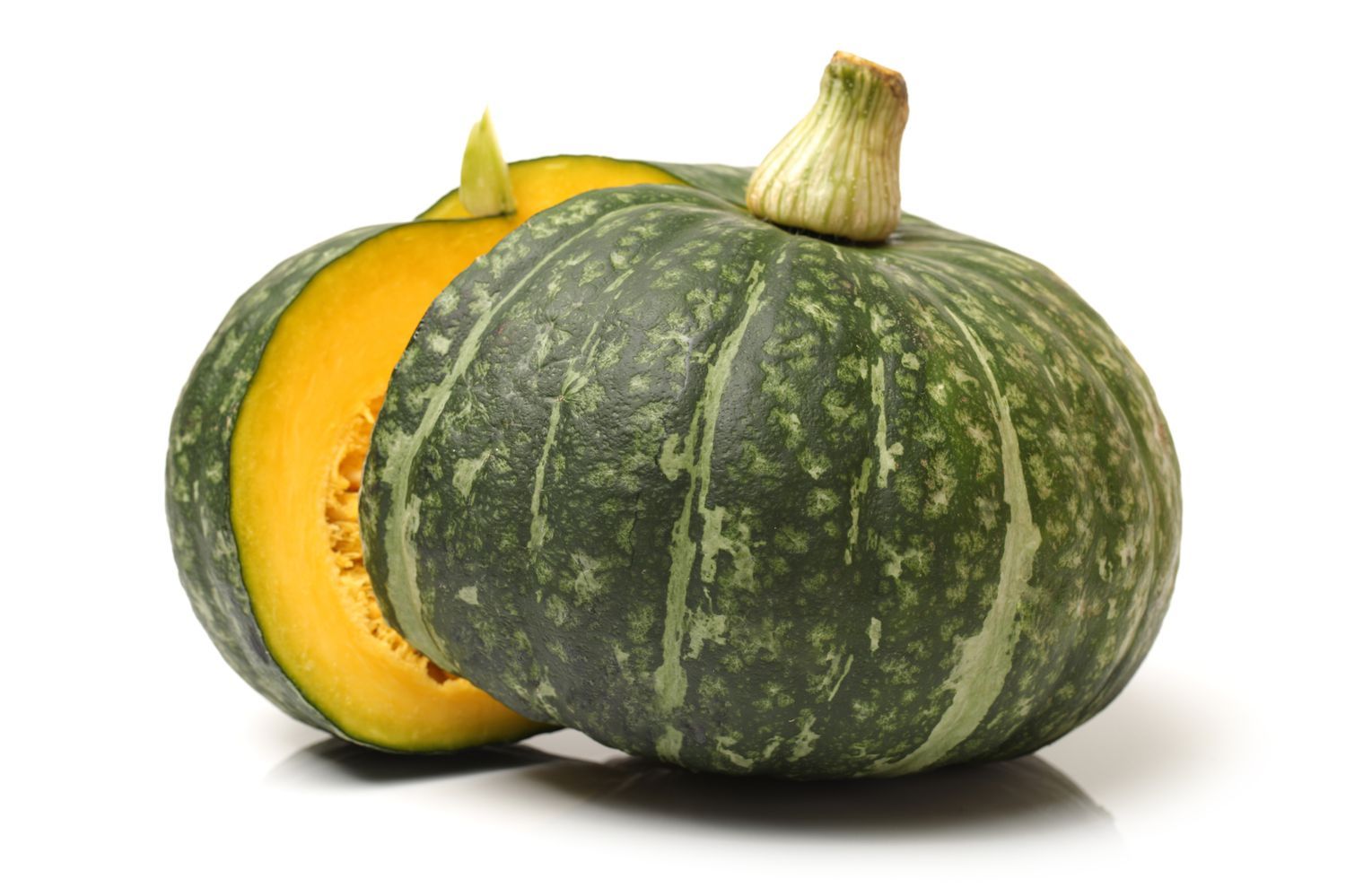
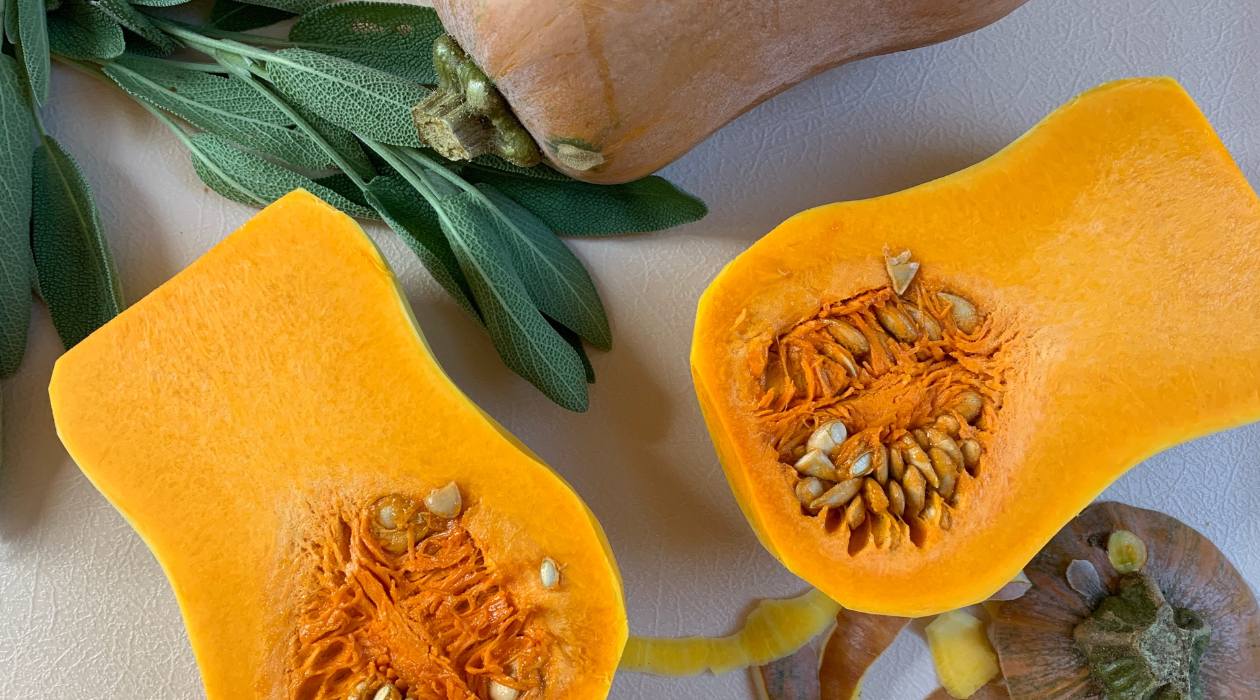

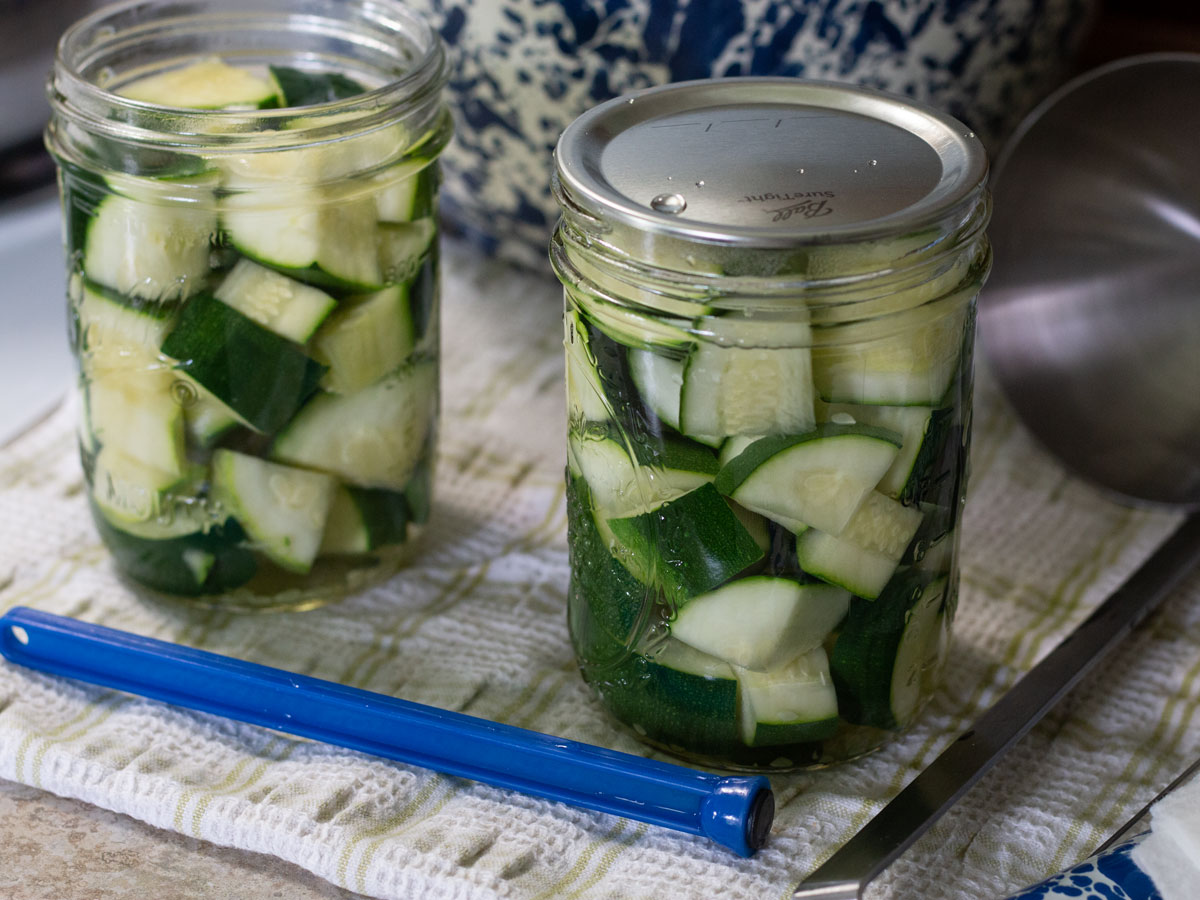
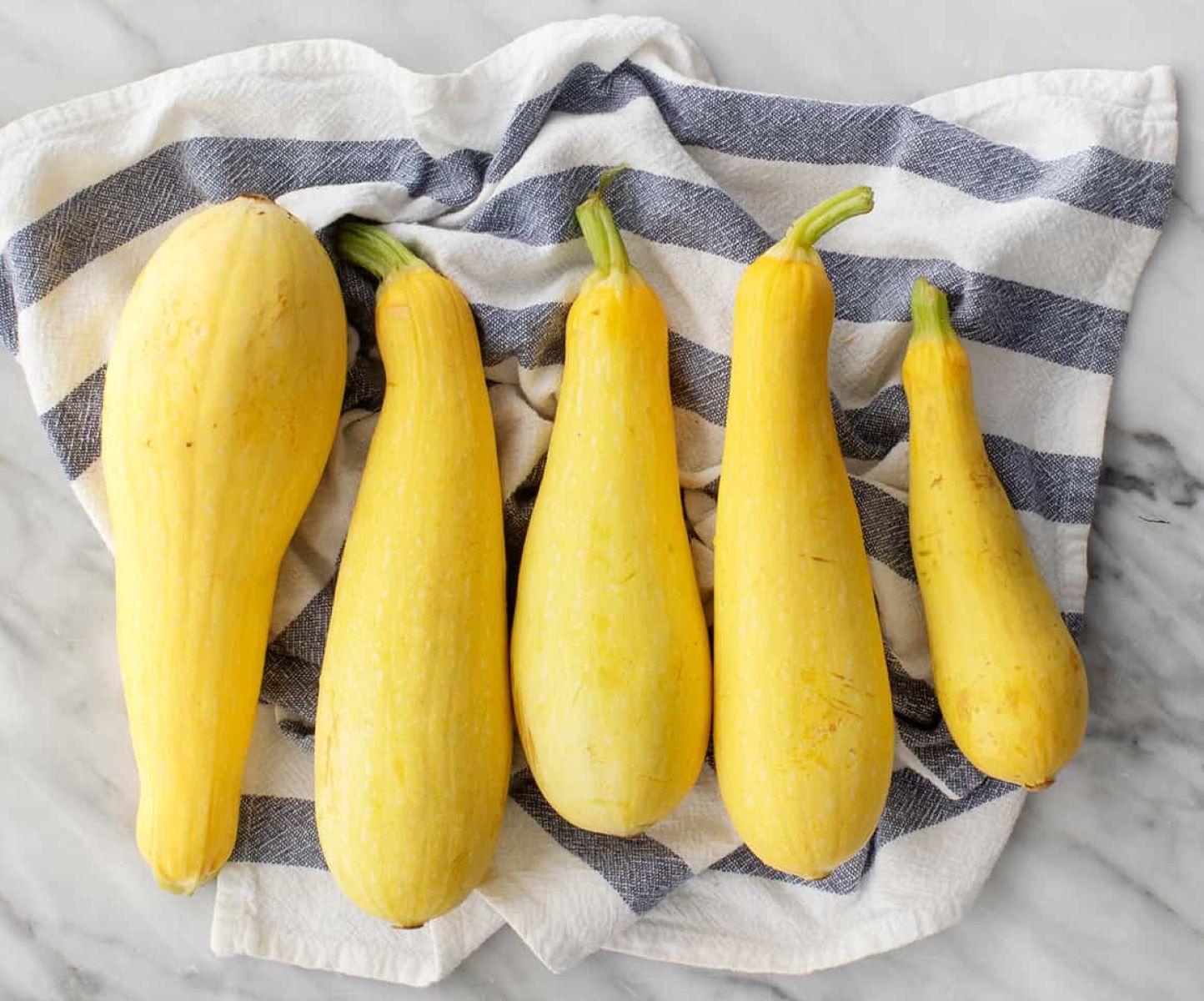
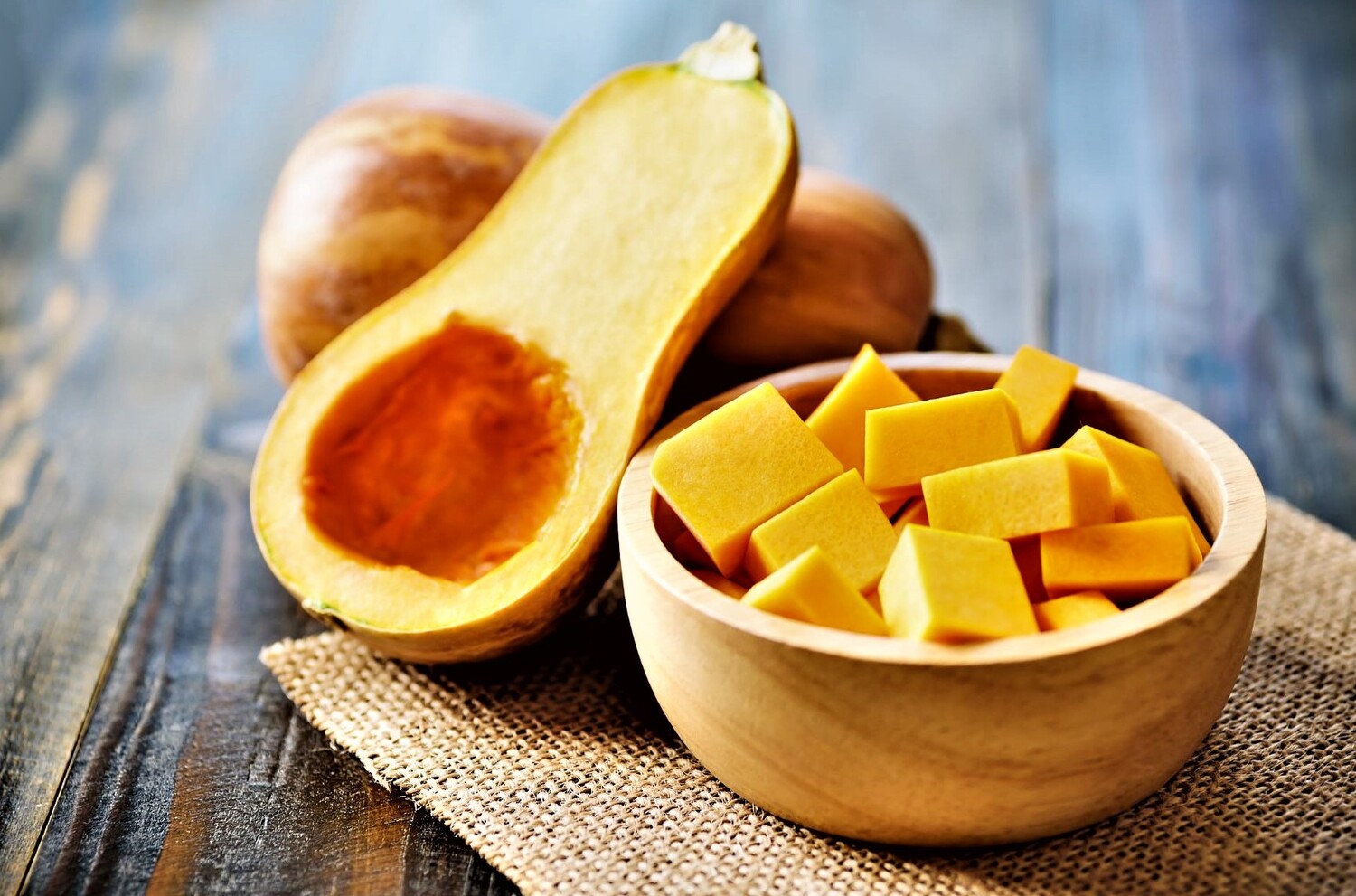
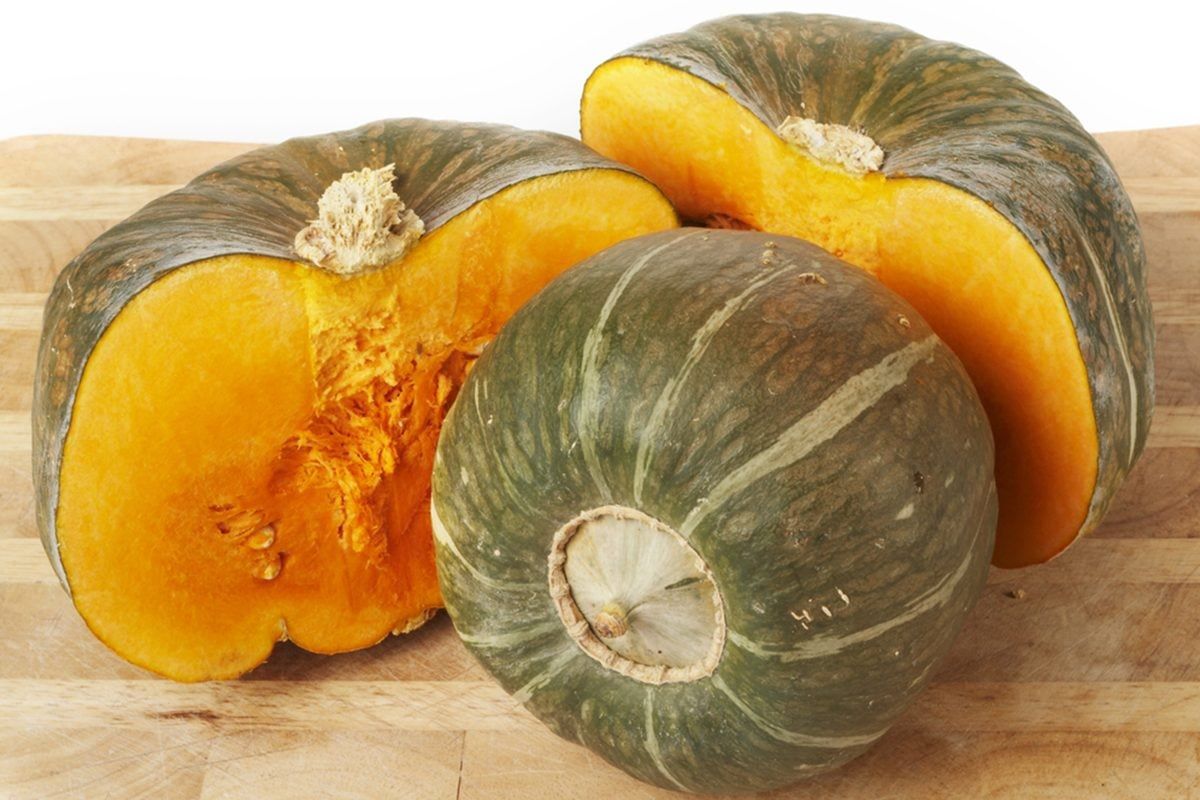
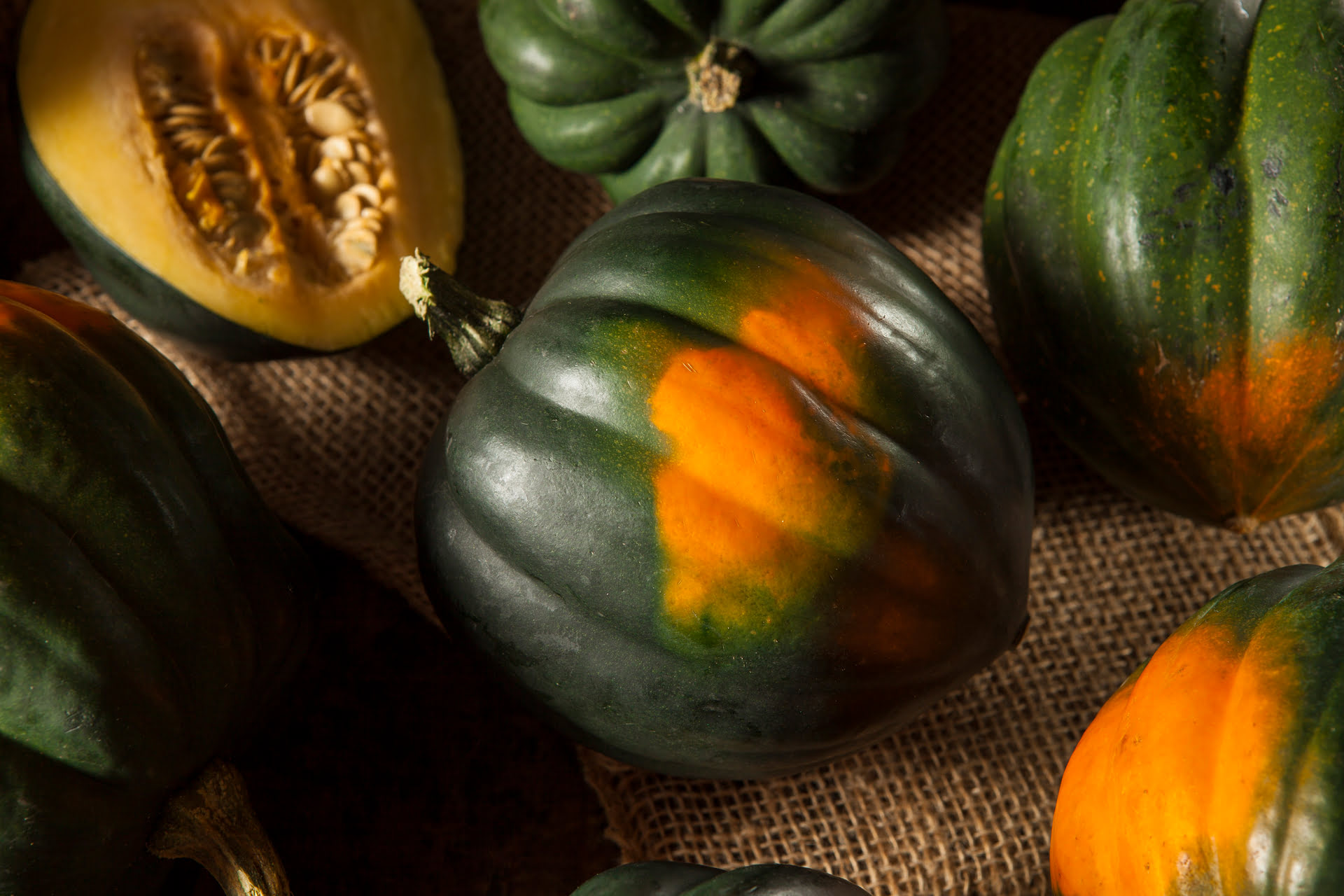
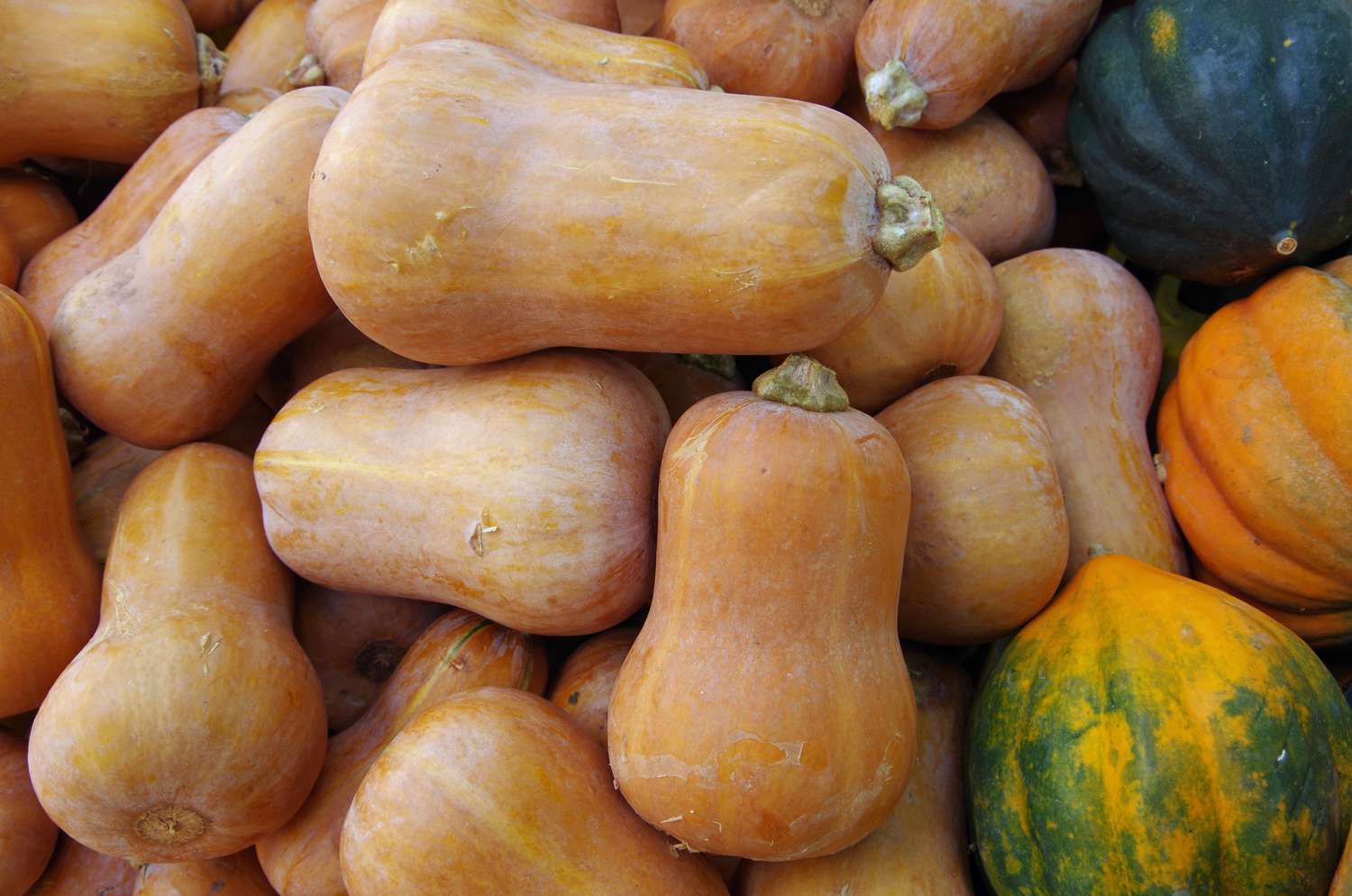
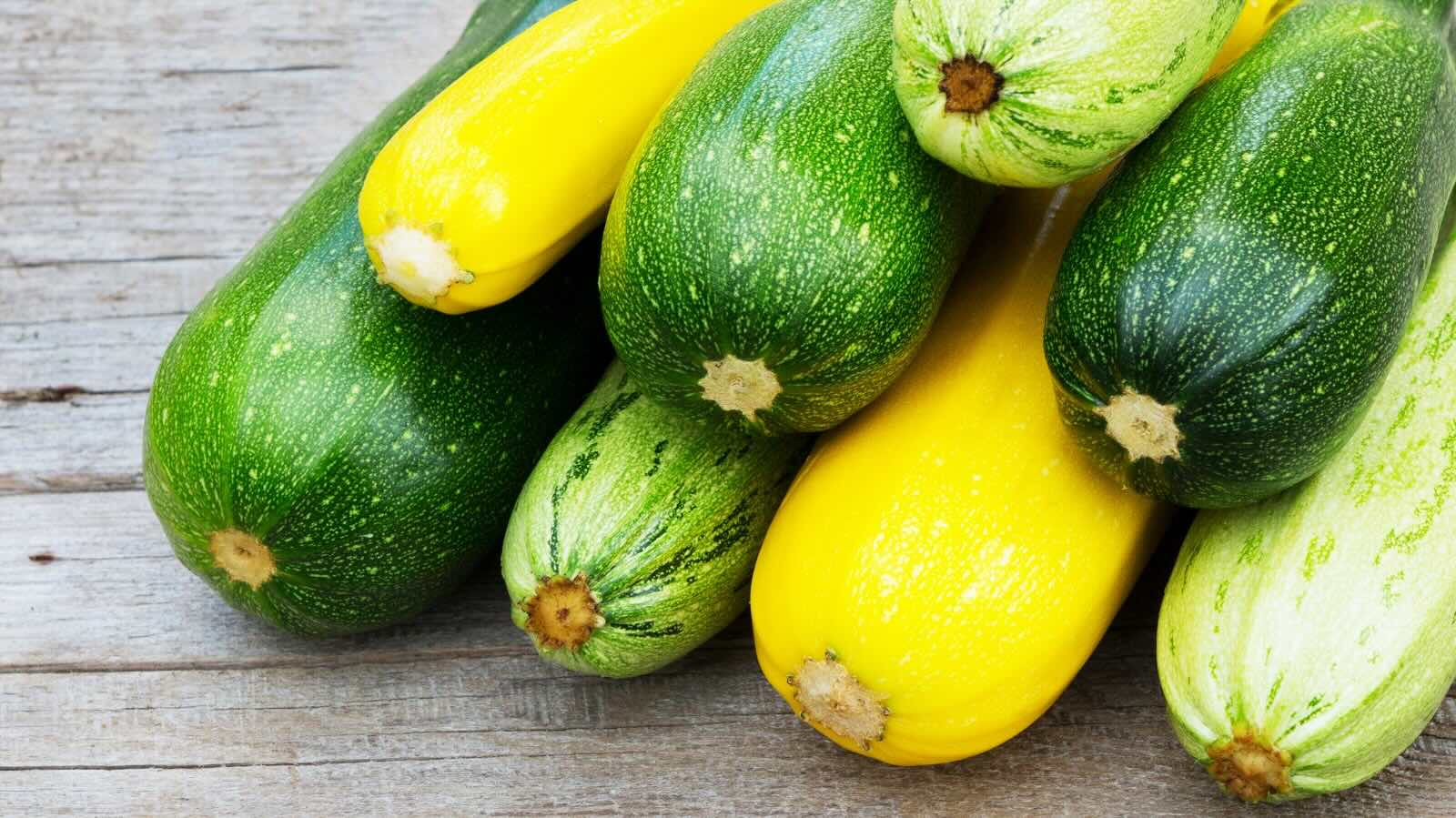


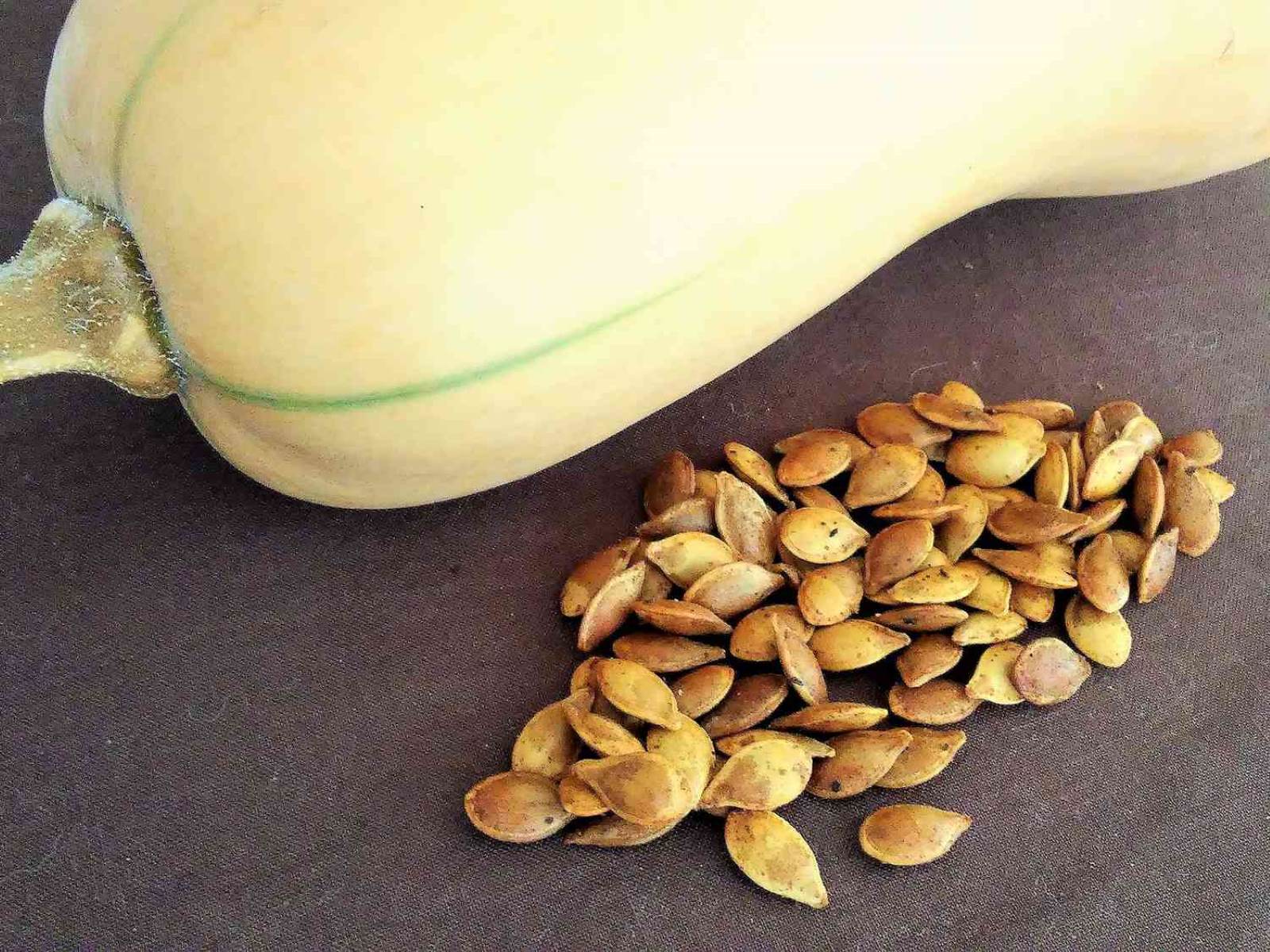
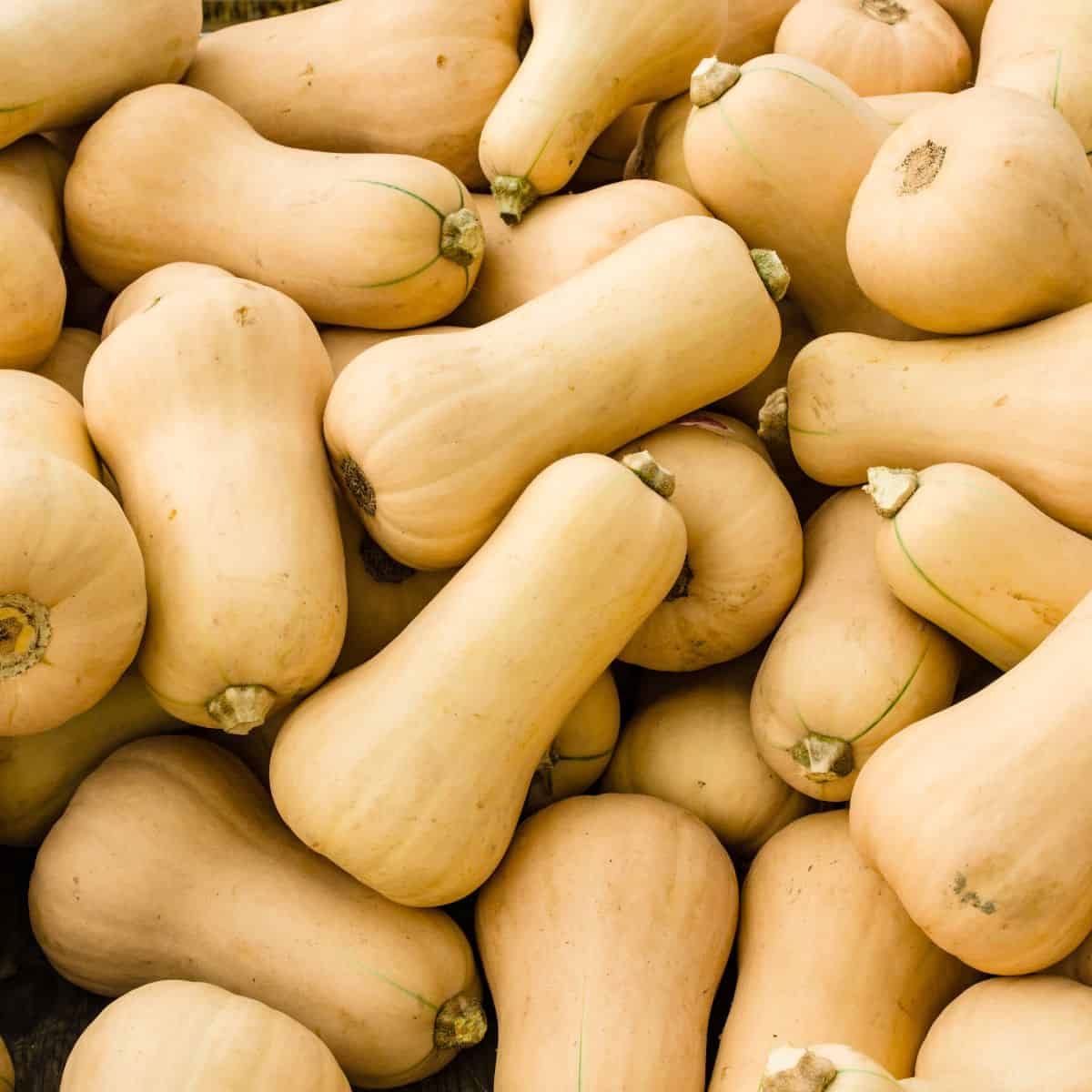

0 thoughts on “How To Store Fresh Squash”